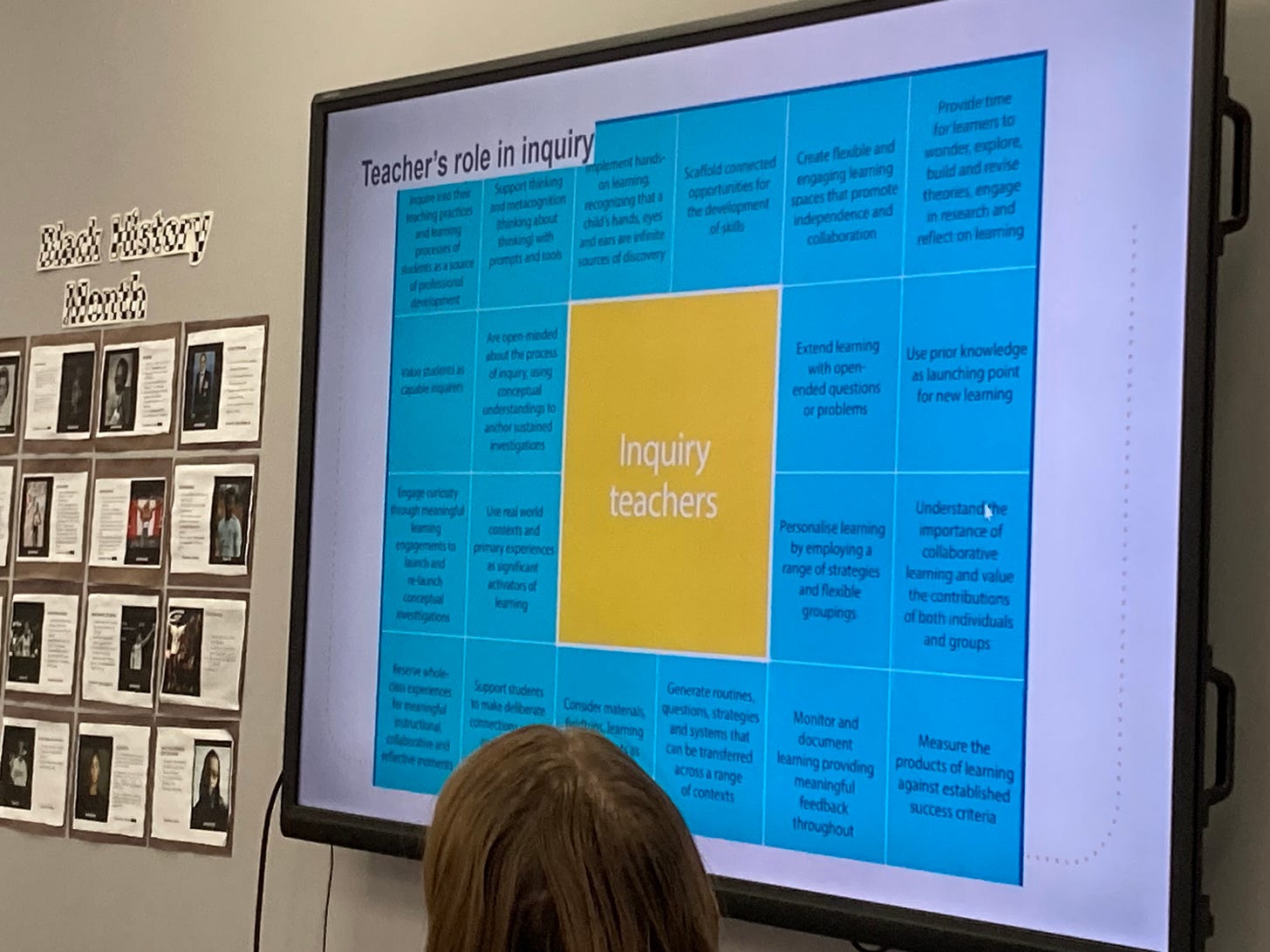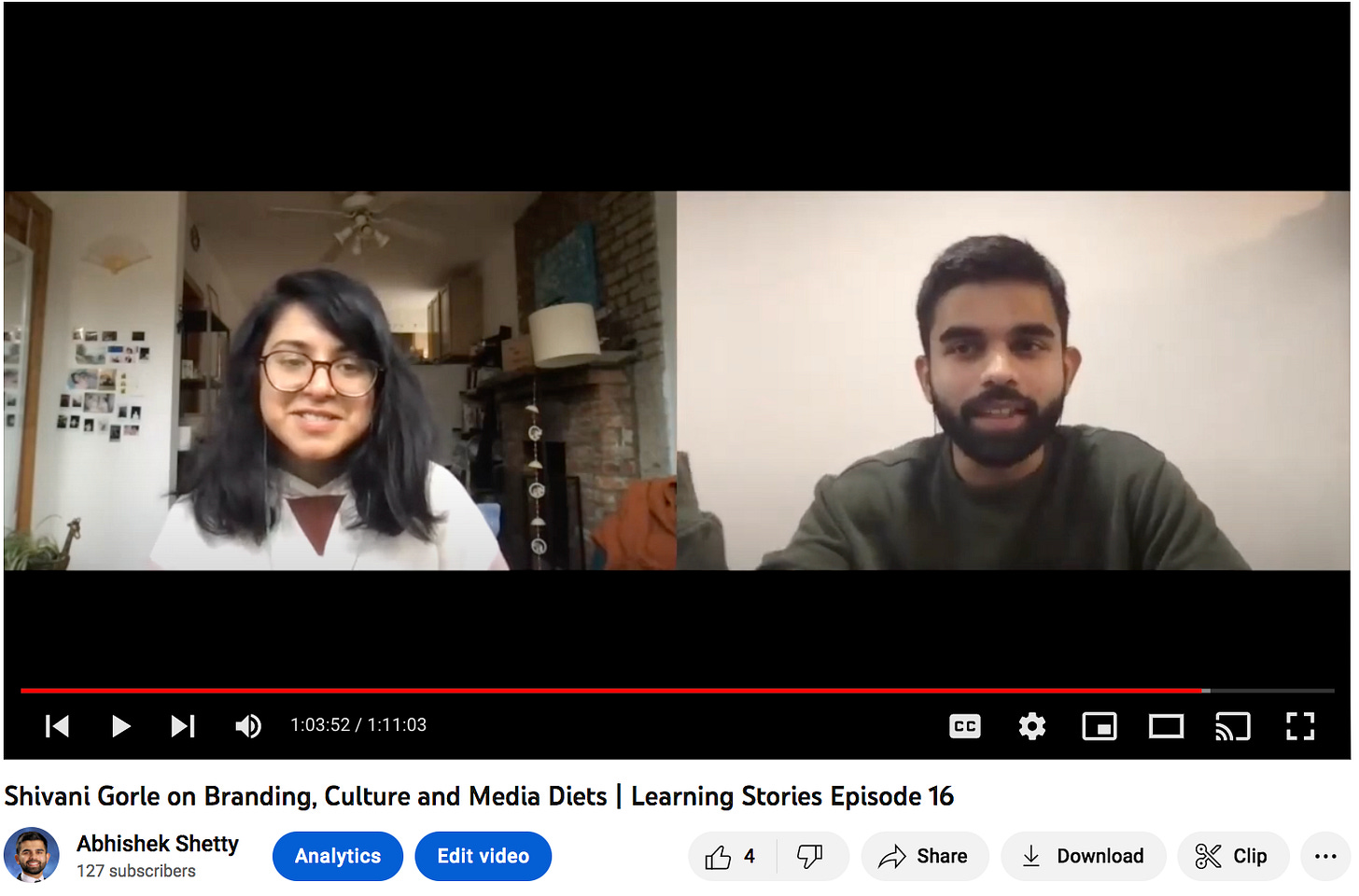#22 - Notes on Houses, Inquiry and Sleep
Education Coffee is a 2xWeekly Newsletter on People, Ideas and Culture.
Hello World,
In each edition of this newsletter, I will share five inspiring web resources that I have curated after hours of research to ensure that you have the best education coffee in your inbox. I also hope to share some lessons from the classroom in these upcoming editions of the newsletter.
It is my second year teaching in a classroom. I am teaching Grade 5 again from September 2022 to June 2023. I finished six months in the classroom this year. I am learning and growing everyday. Here are some notes and professional insights from my journey in the past month. Click the button below to subscribe to this newsletter.
1) Building on Student Inquiry
I recently completed some professional development on inquiry based learning. Inquiry-based learning is a form of active learning that starts by posing questions, problems or scenarios. It contrasts with traditional education, which generally relies on the teacher presenting facts and their own knowledge about the subject. This made me reflect on my role as a teacher to closely observe and follow independent student led inquiry. The article linked here from the Center for Teaching and Learning at Queens University is a useful resource to understand inquiry based learning.
As an IB School we focus on a specific IB Theme each month. In January our theme for the month was bring open minded. An open minded student knows that all people are different. They listen to the points of view of others and consider many possibilities before making a decision. A student got curious about flags from different countries. She created a quiz on flags that all the students really enjoyed. We then built on this curiosity to conduct an investigation in Art class on color usage and symbolism in Flags. We learned that each country uses and colors and symbols that represent their history and past. From here we jumped into an inquiry in Health Class where we learned about different kinds of food dishes that people eat around the world. It was fascinating to see how people use the same base ingredients to make different kinds of dishes. We then followed this inquiry into our Language arts unit related to Biographies. We studied about leaders and achievers from different cultures and observed how they overcame challenges. We reflected on their journeys and made notes on attitudes that helped them succeed. This is an example of how student inquiry informed my teaching practice. I want to get better at paying attention to what my students pay attention to.
2) The Importance of Quality and Quantity of Sleep for Retention of Learning
I recently read this important article on the quality and quantity of sleep for long retention of learning in the classroom
Katzaroff and Landboe were among teachers in Seattle whose classrooms participated in a 2018 study measuring the impacts of the district-wide change in start times. Two groups of 80 students wore wristwatches that measured their sleep and wake patterns, kept sleep diaries, and filled out questionnaires related to their sleep and mental health over two-week periods in 2016 and 2017. The results showed a median increase of 34 minutes of sleep for students after the start-time change and a 4.5 percent increase in median grades for students who attended both schools. At Landboe’s school, in whose population nearly 90 percent of students are considered economically disadvantaged, there was a 12 percent decrease in absences and 31 percent decrease in tardies.
As a student I struggled with managing and balancing my sleep cycle. It further worsened when I reached the teen years (10 to 15). I dreaded the morning blocks as I always felt drowsy around 10 am each day. I barely remembered anything taught in these early morning blocks. It was almost like I was never present in that class. Eventually I was able to balance things out in high school by enforcing a stricter sleep schedule. A lot of kids are not able to control and consistently regulate their sleep in their teen years. Schools need to create schedules that accommodate these changes in the growth cycles of teenagers.
3) Notes from Raj Shamani Interview with Byju Raveendran, the founder of the learning application Byju’s
I learned a lot from this interview of the ed tech entrepreneur, Byju Raveendran. He co-founded Byju's, which is an Indian multinational educational technology company, headquartered in Bangalore, Karnataka, India. It was founded in 2011 by Byju Raveendran and Divya Gokulnath. As of March 2022, Byju's is valued at US$22 billion and the company claims to have over 115 million registered students. Before writing down my notes from this interview I would like to draw some attention to all the recent controversies that this company has been embroiled in including aggressive selling of financing options for online courses and poor staff treatment. It has been documented well in this article published in July 2022 by the Outlook Business Team. I do also acknowledge the role Byju’s has played in driving attention and financing to the education technology sector in India. The main takeaways from this interview on the Byju approach to learning included:
Help students understand concepts clearly and easily.
Reduce student fear for exams and tests.
Technology can be used to create engaging math movies and science games.
Observe how students use technology to learn and help them do more of the same.
Invest in world class video production facilities to create high quality educational content for the entire world.
4) Dream House Assignment Student Design Images
Students in my class recently created sketches for a dream house descriptive writing assignment. They wrote an extended 1500 word essay based on this visual sketch. It was fascinating to see what they included in their drawings and how they described the same in their essays. We saw a House Tour video linked here to inspire us at the start of this video. It was Jessica Alba’s house and the video was created by Architectural Digest. We did an exhibition of their designs at the end of this assignment. Here are some student designs.

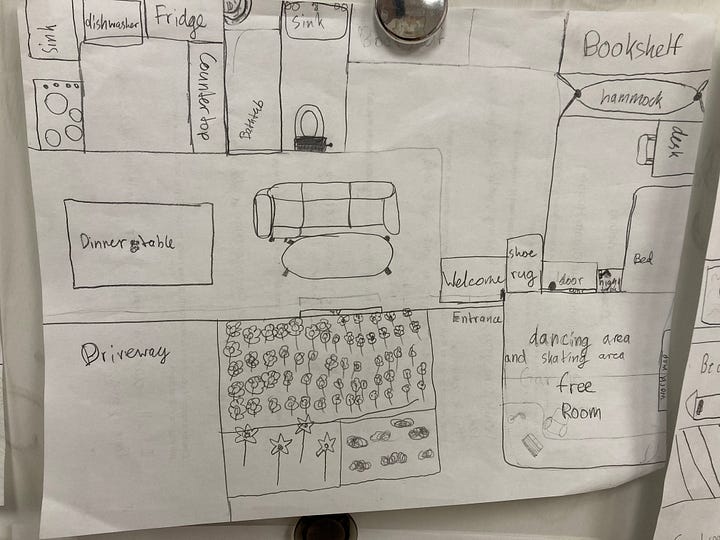
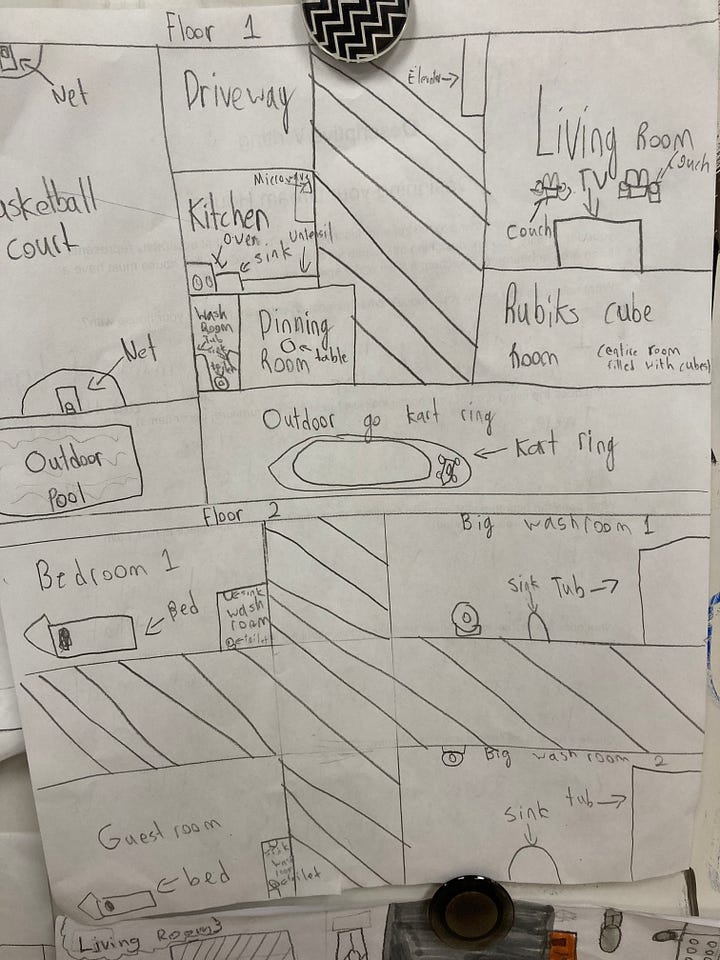
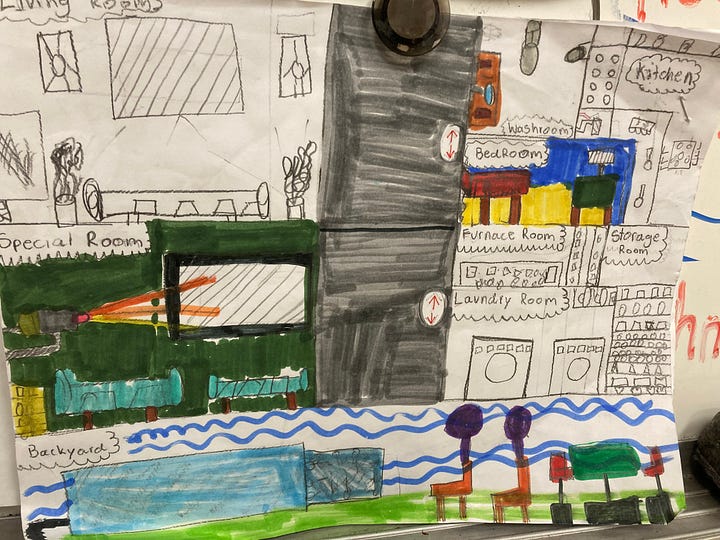
5) Learning Stories Episode 16 - Shivani Gorle
I started a YouTube Channel called ‘Learning Stories’. This is a show where we interview a diverse set of learners from the 21st century. Each guest profiled here has a unique story to share about how they acquired a set of valuable skills and knowledge in a creative and innovative manner. In the process, we hope to uncover a new understanding of learning as conceptualized, imagined, and narrated in these learning stories. These conversations have given me so many insights on the learning process within and beyond the classroom.
On Episode 16 of #LearningStories we chat with Shivani Gorle. She is a cultural strategist based in New York who is interested in how businesses tap into the zeitgeist to bring us together and influence our brand choices in a digital age. She holds an M.A. in Communication and Journalism from the University of Mumbai and a Masters in Branding from the School of Visual Arts where she graduated with honors and received the Brand Master award for exceptional academic achievement and contribution.
Show Notes
Your choices in films, books, brands, music, shows, memes and ice cream reflects something about who you are as a cultural being.
Fiction allows you to experience life before you actually experience the same. Sometimes we read to understand the world. Other times we read to understand ourselves better.
Walking around a city is a great way to get to know a city better. The best places in a city are often not on tour guides or popular tourism websites.
Think about the brands you like and why you like them. Do you really like the product or service or do you like the ideas represented in them?
The popular books and movies of a time tell you a little bit about what the prevailing values and ideas of a time are and how they have evolved and changed over time.
Organise your media diet in a conscious way. Maybe have a separate email ID for just newsletters. The media you consume shapes your thinking in more ways than one. Choose these wisely.
Home can mean different things to different people. Home can be the people. Home can be the place. Home can be the memories.
A cultural strategist observes patterns and and articulates them into cultural trends. It involves talking to people, analysing trends and communicating about the same.
Please do send me your thoughts and resources on any edition of this newsletter through email at abhishekashokshetty@gmail.com or on twitter @AbhishekShetty_. I love taking these discussions forward on those platforms.
Abhishek
21/02/2023




